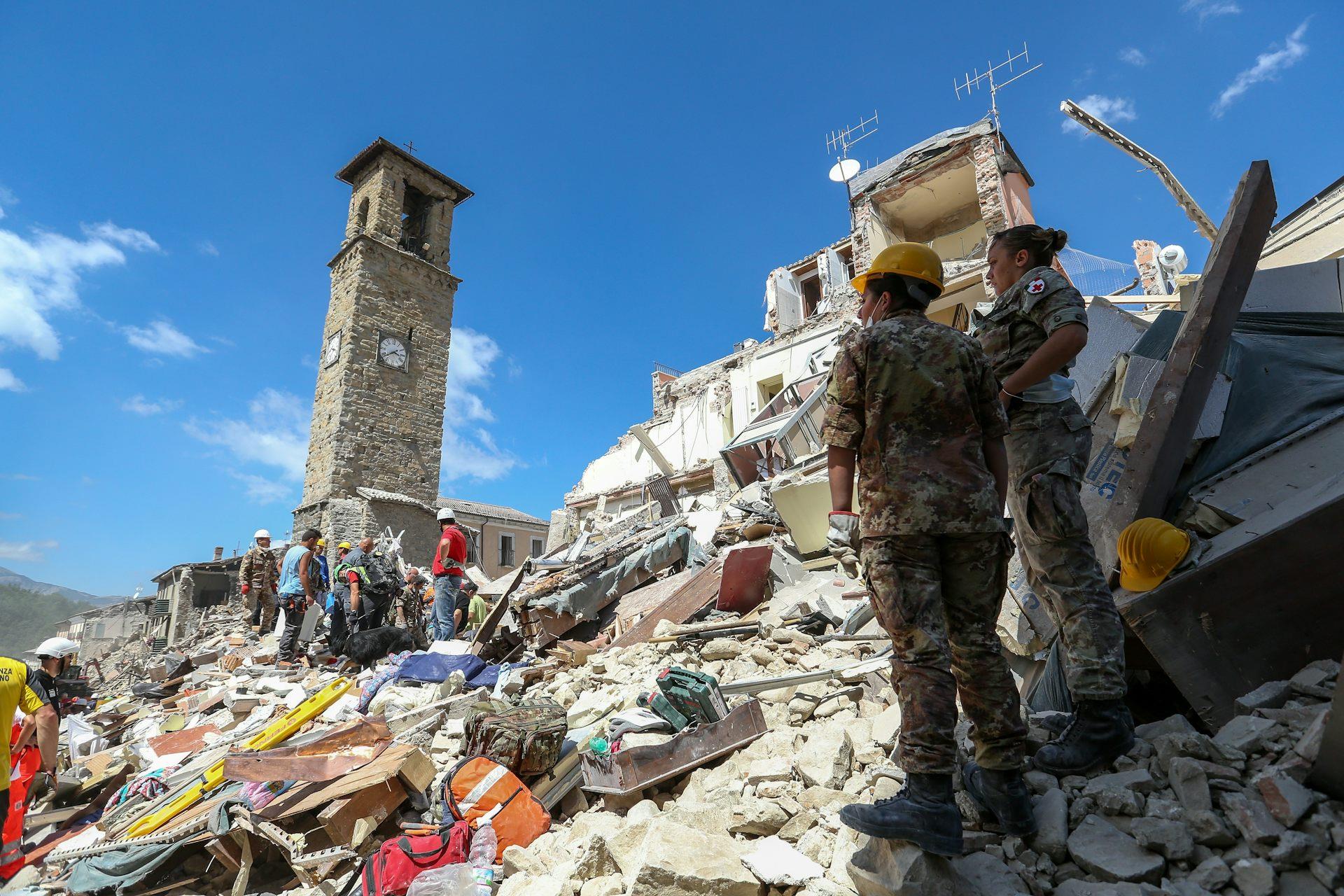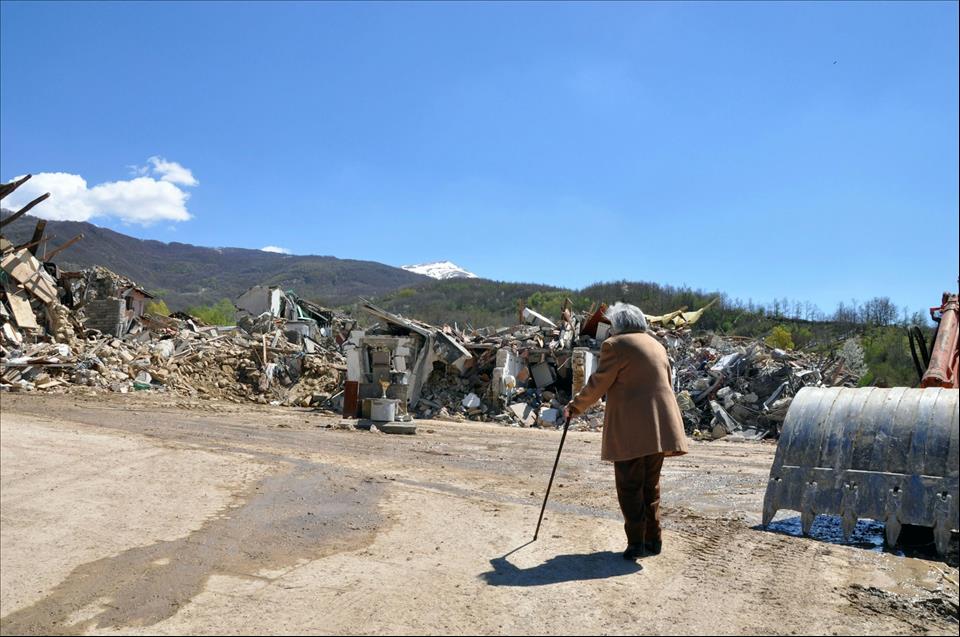Four Ways Virtual Reality Can Help Communities Heal After Disasters
But what if technology could offer a way to reconnect with what was lost and reflect on the future of the place?
Recent research my colleagues and I conducted explores how virtual reality (VR) can help communities recover emotionally, socially and culturally after a disaster.
Working with members of the communities affected, we created immersive digital environments of their towns as they existed before the earthquake. The results revealed how VR can support healing in ways no blueprint or rebuild ever could.
Here are four ways virtual reality might help communities heal after catastrophic events strike.
1. It offers a space to grieve and rememberFor many participants, the VR reconstructions were emotionally powerful experiences – one even described them as“cemeteries of place”. Stepping into a virtual version of their hometown allowed them to reconnect with deeply personal memories: the sound of a church bell, the feel of sitting on a bench while having a gelato, the view from a childhood window.
Grief in post-disaster settings isn't just about lost lives – it's also about the erasure of everyday spaces where people worked, gathered, played, laughed and simply lived. One resident of Amatrice told us she didn't have the courage to drive through the town any more because the destruction was too painful to witness.
In VR, however, she was able to revisit the square where she used to sit with her family and eat ice cream. For some, this triggered sadness, but also joy, a sense of lightness – and a sense of reconnection.

Amatrice in central Italy was badly damaged by a massive 6.2 earthquake that struck the region on August 24, 2016. Alessia Pierdominico / Shutterstock 2. It helps people reclaim a lost 'sense of place'
Disasters often leave communities displaced, physically and emotionally. Familiar surroundings become unrecognisable. For residents of Amatrice and Accumoli, whose historic centres are still inaccessible or remain destroyed after nine years, daily routines and social interactions have been disrupted and must be reconstituted.
By recreating these spaces in VR, we saw how people could begin to reclaim their sense of place. The reconstructions included not just major landmarks, but also small, meaningful details, such as plastic chairs outside cafes, flowerpots on balconies, even the chatter of people in a square on a summer evening. These touches matter. They help make the virtual towns feel alive, bringing back the heritage of the everyday of these communities.
One participant said that being in the VR environment felt like“going to the living room” again, a phrase some locals once used for their evening strolls in the town square.
3. It supports intergenerational memory-sharingMany of the younger participants in our project were children, or not yet born, when the earthquake struck. Their memories of the towns are fragmented or absent. VR gave them a way to see and understand what their parents and grandparents remember, through their eyes, to ask questions, point to places, and listen to stories.
In practice, the experience became a shared one. While one person wore the VR headset, others gathered around a laptop to observe, comment and remember. One teenager asked her mother to help find the window of her old bedroom. Another participant's son, born two years after the earthquake,“saw” pre-quake Amatrice for the first time through VR and through his father's narration.
These moments turned the technology into a tool for storytelling, for keeping cultural memory alive between generations.
A family interacts with the digital reconstruction of the historic centre of their town Amatrice, which was destroyed in the 2016 earthquake. Paola Di Giuseppantonio Di Franco, Author provided (no reuse) 4. It creates inclusive, community-led recovery tools
Much disaster recovery is led by top-down planning (meaning, engineers, architects and bureaucrats making decisions about what to rebuild and how). But VR offers an opportunity to include community voices from the start.
Our project used a“techno-ethnographic” approach, where residents didn't just observe but shaped the reconstructions. We asked: what should we include? What matters to you? They pointed out favourite cafes, benches, trees and missing features. They even debated how many clocks were on the civic tower, as they could not remember.
This collaborative process gave residents a sense of agency over how their towns and their memories were represented. It also reminded us that authenticity isn't about perfect realism. It's about emotional truth: the way a place feels, not just how it looks.
Technology and emotional healingVirtual reality can't replace what's been lost. It can't rebuild trust, revive livelihoods or resolve trauma. But our research shows it can offer emotional healing: a space where people can mourn, reflect, reconnect and share.
It also shows that technology must be handled with care. In early versions of our VR environments, we found that some participants became distressed or disoriented, especially when scenes depicted post-earthquake ruins of the town in nighttime settings. This taught us the importance of trauma-sensitive design: allowing users to adjust lighting, control their experience, or even just step away when needed.
Ultimately, VR is not a fix but it can be a powerful complement to the long, human work of rebuilding after disaster. When designed with communities, for communities, it can help restore more than heritage. It can help restore belonging.

Legal Disclaimer:
MENAFN provides the
information “as is” without warranty of any kind. We do not accept
any responsibility or liability for the accuracy, content, images,
videos, licenses, completeness, legality, or reliability of the information
contained in this article. If you have any complaints or copyright
issues related to this article, kindly contact the provider above.
Most popular stories
Market Research

- Alt.Town Introduces $TOWN Token Utility Across Platform Services And Launches Valuefi Deposit Event
- BTCC Exchange Maintains 143% Total Reserve Ratio In September 2025 Demonstrating Continued Financial Strength
- Salvium Solves The Privacy Paradox: Salvium One Delivers Mica-Compliant Privacy That Exchanges Can List
- Zebu Live 2025 Welcomes Coinbase, Solana, And Other Leaders Together For UK's Biggest Web3 Summit
- Tapbit At TOKEN2049: Reshaping The Crypto Landscape Through Product Innovation
- Thrivestate Launches“Fly Before You Buy” Program, Enabling International Buyers To Explore Dubai Before Committing






















Comments
No comment